GE Healthcare goes beyond traditional ventilation solutions in Intensive Care Medicine
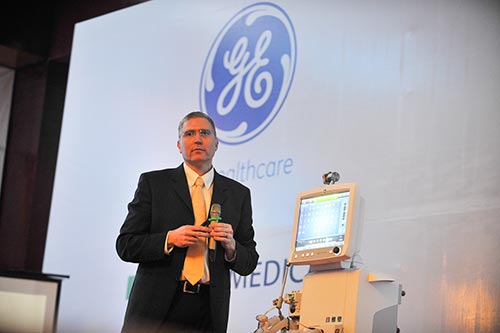
Vietnam is the first country in ASEAN where GE Healthcare is launching this product.
The CARESCAPE R860 simplifies the use of advanced tools to tailor treatment for each patient by measuring patients’ lung volume and potential lung recruitability, which is the ability of the lung alveoli to open, and titrating the appropriate positive end-expiratory pressure (PEEP) to allow better oxygenation.
“The lung is a delicate and highly sensitive structure,” explained Paul Hunsicker, clinical manager of Respiratory Care for GE Healthcare’s Life Care Solutions business.
“Patients affected by lung disease are highly susceptible to ventilation-associated lung injury, and mechanical ventilation can be detrimental if too much volume or pressure is delivered.
“This new ventilator helps to address these concerns,” said Hunsicker.
The CARESCAPE R860 has introduced an intuitive user interface into the world of mechanical ventilation, helping decrease the intimidation associated with caring for difficult patients.
The system provides a user experience similar to other common devices we interact with on a daily basis, such as cell phones and tablets, including one touch navigation and minimal menus, allowing clinicians to focus on the care delivered to the patient, rather than how to interact with the ventilator.
Through the introduction of advanced monitoring parameters, the CARESCAPE R860 is able to provide a Lung Protection strategy which can better reflect the impact of ventilation, helping clinicians make better decisions and helping to reduce the risk of harm to the patient that can result from mechanical ventilation.
In addition, the newest feature of the CARESCAPE R860 is the ability to monitor metabolic rates of patients.
The ventilator includes nutrition information right on the touch screen which can tell clinicians if the patient is suffering from malnutrition - another complication that patients with respiratory failure are at risk of in the Intensive Care Unit (ICU).
In fact, malnutrition is common in acutely ill patients, occurring in 30-50 per cent of hospitalised patients, with a higher prevalence among critically ill patients4.
“A patient’s duration of stay in the ICU can be directly impacted by improper ventilation and malnutrition, particularly for surgical patients where malnutrition can affect a patient's ability to heal after surgery and wean from the ventilator,”
“We’ve integrated indirect calorimetry or Metabolics into the CARESCAPE R860 ventilator so that a patient's nutritional needs can now be measured directly through the ventilator,” said Hunsicker.
This new feature helps clinicians ensure their patients caloric needs are met, without the need to bring additional equipment into an already crowded patient room.
“Data shows that more than half of all ICU patients worldwide are significantly underfed based on the energy they are prescribed to receive for the first two weeks of ICU care,” Hunsicker added.
In Vietnam in particular, a recent cross sectional study in a major urban tertiary care hospital in Vietnam showed a total of 19 per cent of hospitalised pediatric patients aged six-months to 18-years, and 33.3 per cent of hospitalised adults 19-years and above were considered to have malnutrition.
With this function of the ventilator, clinicians can find the right nutritional balance for each patient which is critical to the healing process. The right nutrition can also help to decrease associated hospital costs for the patient and increased long-term mortality, which are both associated with malnutrition in the ICU.
The CARESCAPE R860 is also designed with Spontaneous Breathing Trial (SBT) to help caregivers assess when patients are ready to come off mechanical ventilation and breathe on their own.
With its commitment to build a healthier community by improving access to quality products, GE Healthcare is providing transformational medical technologies and services that are shaping a new age of patient care in Vietnam.
Today, more than half of all clinics and hospitals in Vietnam have at least one unit of GE medical technology.
In November 2014, GE also introduced a new suite of innovative solutions for the survival and growth of newborns across Vietnam. This new series of “Lullaby” infant care products will increase access to these critical life-saving devices, particularly in primary care or low-resource settings.
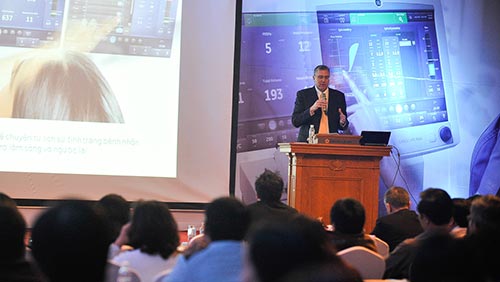
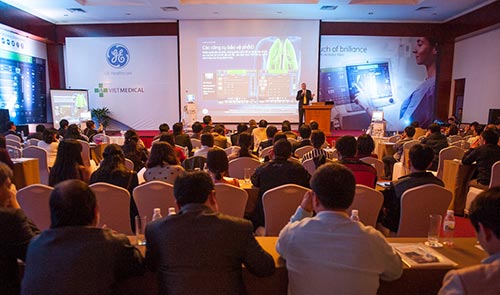
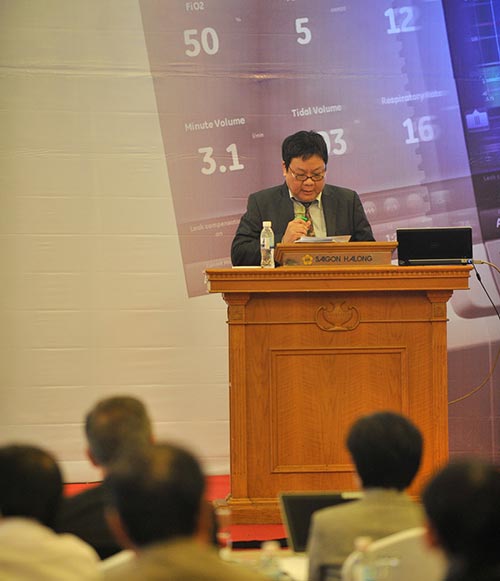
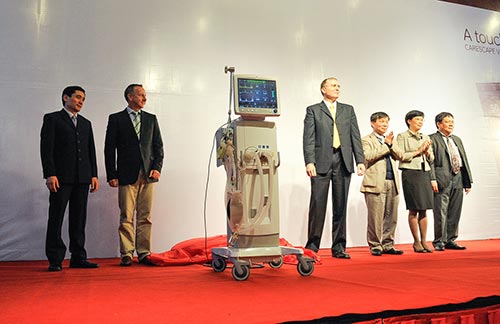

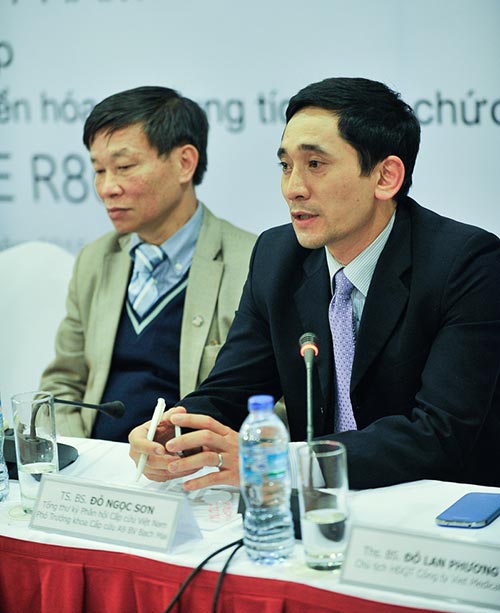

What the stars mean:
★ Poor ★ ★ Promising ★★★ Good ★★★★ Very good ★★★★★ Exceptional
Latest News
More News
- Addressing Vietnam's energy challenges with aeroderivative gas turbines (February 28, 2023 | 09:33)
- How to sprint ahead in 2023’s worldwide energy priorities (February 08, 2023 | 13:55)
- Boosting Vietnam's grid stability through gas turbine technology (November 22, 2022 | 20:02)
- Healthcare trio collaborates to provide thousands of free breast scans (October 27, 2022 | 17:19)
- GE Healthcare's vision for AI-backed radiology (September 29, 2022 | 11:53)
- GE brand trio to shape the future of key industries (July 19, 2022 | 15:35)
- GE unveiling brand names and defining future (July 19, 2022 | 15:16)
- GE: the shortest route towards sustainability (July 18, 2022 | 08:00)
- Be proactive in an uncertain world (May 20, 2022 | 11:40)
- GE secures first 9HA combined cycle power plant order in Vietnam (May 16, 2022 | 17:06)

















 Mobile Version
Mobile Version